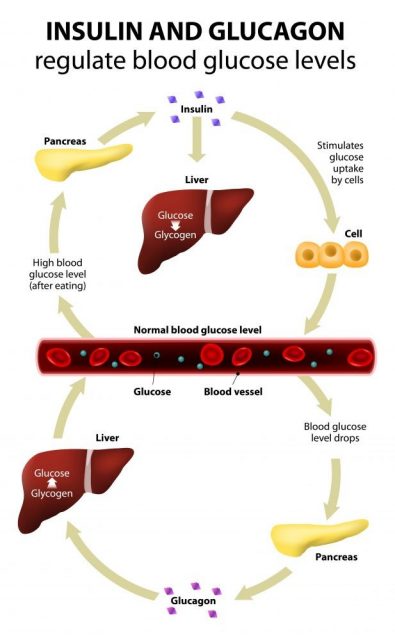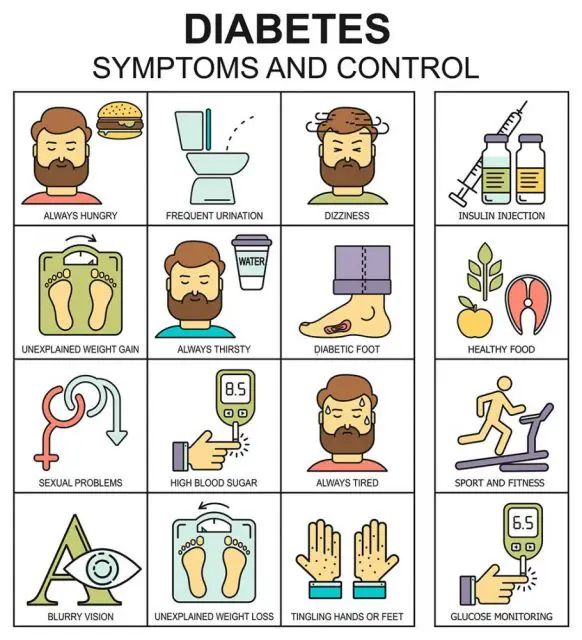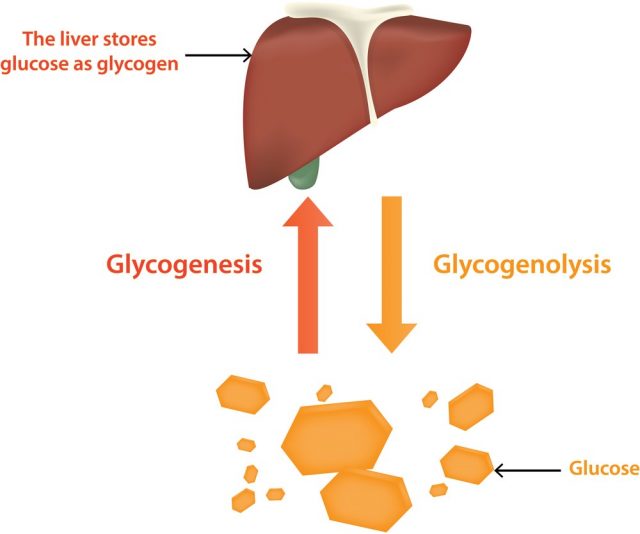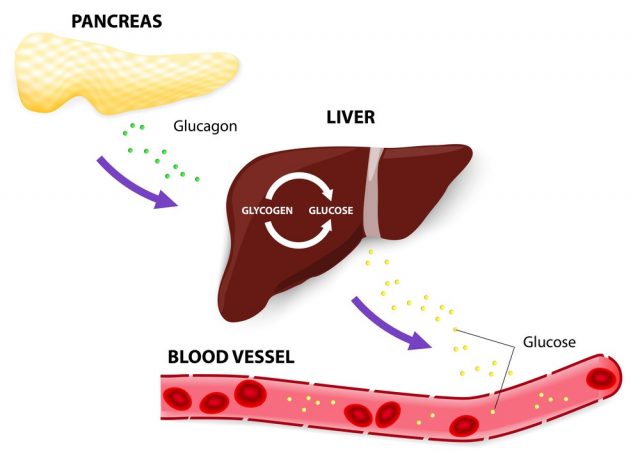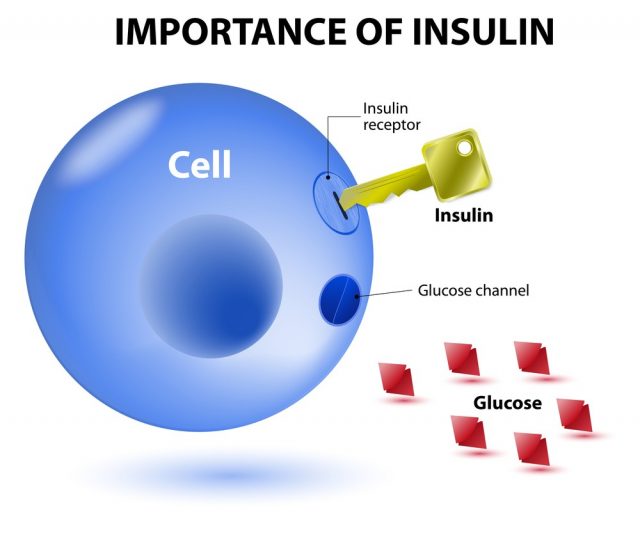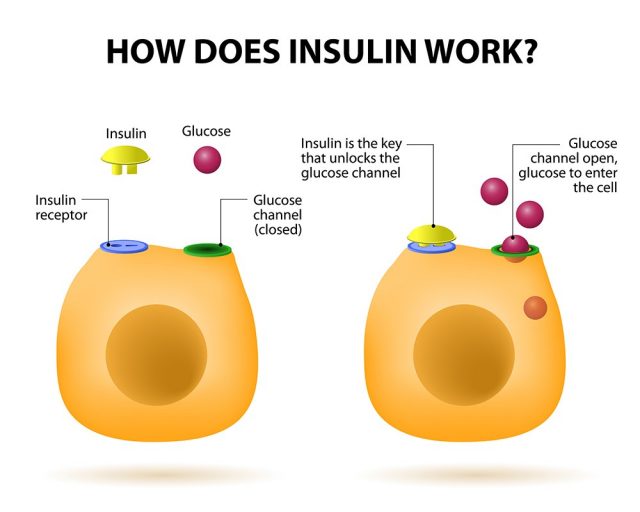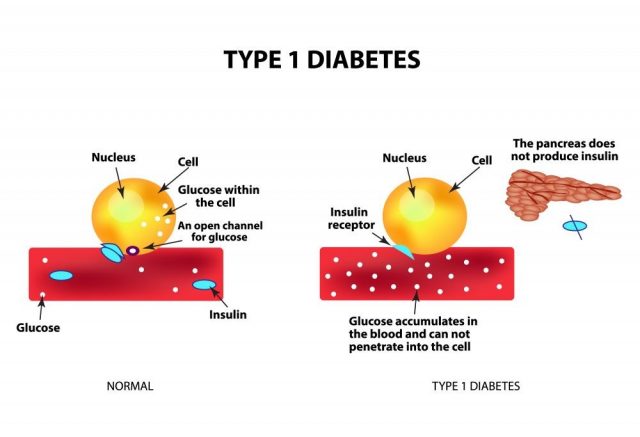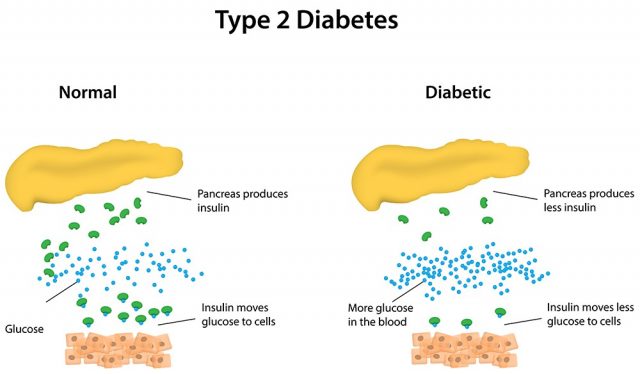Pathophysiology of Diabetes
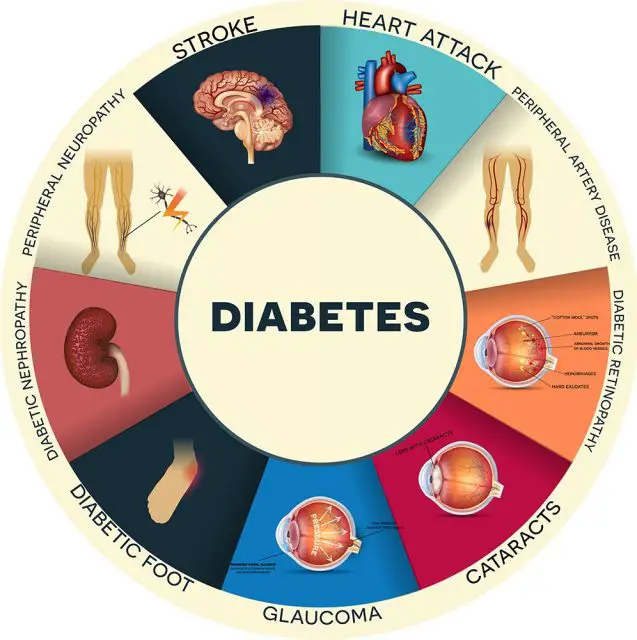
People throughout the world are facing several troubles these days with their health. The major reason behind this is poor eating habits and overloaded work schedules. Maximum people are not able to manage time for exercise and they don’t even follow appropriate diet in routine. And ultimately, they start facing issues with their health and then they are forced to visit medical practitioners in routine.
Diabetes is one of the biggest troubles in the list of health care issues. Almost 6 out of 10 people are facing diabetes these days and this disease become more common for the 50 plus age group.
There are so many reasons behind diabetes and various symptoms are associated with this disease.
The potential ones are included in the list below:
- Weight loss without any reason.
- Non healing sores.
- Tingling sensation or feeling of numbness in hands and feet.
- Blurred vision.
- Fatigue.
- Increased hunger.
- Increased urination and thirst.
One of the most common causes behind diabetes is imbalance between production and demand of insulin hormone.
Control over blood sugar
Whenever a person consumes food then body naturally divides it into smaller parts. Hence, carbohydrates and sugars get broken into smaller parts and are known as glucose. Body utilizes these elements like a source of energy. At the same time, liver also assists in development of glucose.
You might have heard that insulin hormone is created by the beta cells in pancreas and it helps to regulate the amount of glucose in blood.
Whenever the glucose content increases by its threshold level then the insulin hormone is responsible to stimulate cells so that they can absorb the unwanted portion of glucose from blood and it can be regulated by the amount that is actually required by body for production of energy. The condition is better described as pathophysiology of diabetes mellitus type 1.
Insulin hormone also helps to stimulate liver in such a manner that it can store and absorb the unwanted glucose content from blood. Insulin generally causes a rise in the blood glucose level right after the meal consumption. Note that, when person do some exercises then this glucose content goes below the threshold level and at the same time insulin also falls below.
When body has higher content of insulin then it naturally starts promoting increase in glucose content, will break down the glucose elements, leads to glycogenesis and will also lead to synthesis of fats, proteins and amino acids. On the other side, low insulin level promotes breakdown of different substrates so that glucose can be released. It also forces glycogen breakdown that releases glucose. Other than this the low insulin level leads to proteolysis and lipolysis.
How body responds to normal fasting and eating routines?
- Fed State: In this case, human body faces improvement over secretion of insulin level that further leads to glycolysis effect and boosts storage of glycogen. Also it enhances synthesis of fatty acids and leads to protein synthesis.

- Overnight Fast: At this state, the insulin level decays naturally and our body has higher amount of glucagon which further causes breakdown of glycogens, lipolysis and hepatic gluconeogenesis.

- Prolonged Fast: Here, body of the person has extremely low insulin content as well as the glucagon goes below threshold. It ultimately leads to lipolysis process. Note that, lipids are the major source of fuel for body. During this state, the level of gluconeogenesis becomes lower and it simply leads to wastage of nitrogen, development of ammonia and loss in the muscle mass.

Pathophysiology of diabetes mellitus is defined as a state where patients are not able to use energy generated by food inside body.
Hormones
There are so many hormones inside human body that use to increase the level of blood sugar. Some of the most important ones in this list are growth hormone, cortisol, norepinephrine and epinephrine. All these hormones gets naturally releases when person is under stress.
Thus, it is commonly observed that when person faces some stress due to any kind of surgery, infection or other uncontrollable troubles then the blood sugar level rises naturally and it further causes so many health issues including diabetes. About 95% of diabetic patients are affected with pathophysiology of diabetes mellitus type 2 and it shows major impact on adults.
What is the pathophysiology of diabetes?
Pathophysiology of Diabetes Type 1
This is the situation when immune systems cause a major attack over beta cells living inside pancreas and it naturally stops production of insulin hormone in body. Slowly, the deficiency of beta cells leads to deficiency in insulin levels.
Thus, in simple words, this condition is named as an autoimmune disease and it causes presence of anti-islet and anti insulin cells inside blood stream. This critical stage further leads to infiltration of lymphocyte and also causes destruction of essential islets in pancreas. This destruction process usually takes some time but the trouble is that the diseases starts increasing rapidly and its complete effects can be observed within few days.
However, studies reveal that pathophysiology of type 1 diabetes can also be caused by several autoimmune conditions such as hypothyroidism and vitiligo. The best idea to treat type 1 diabetes is to get insulin therapy from a trustworthy professional but note that your body will not show any effect for supplements that are generally used by people in form of oral drugs.
Pathophysiology of Diabetes Type 2
This type of health issue is generally caused by the relative deficiency of the most essential hormone named as Insulin. It clearly means that human body stops producing required amount of insulin. The beta cell deficiency issue is also coupled to insulin resistance.
When we talk about the peripheral insulin resistance then it says that even if blood flow containing insulin becomes higher than the average value then it will never cause any low blood sugar issue or hypoglycaemia. This effect may be observed due to various shifts in insulin receptors that ultimately changes the actions of insulin.
Obesity is one of the major troubles associated with insulin resistance in pathophysiology of type 2 diabetes. There are few cases where patients are advises to consume insulin and it happens only when the oral drugs are not able to provide desired results as they simply fail to produce desired levels of insulin.
Pathophysiology of gestational diabetes
During pregnancy, the production of anti-insulin hormones gets increased by large amount and it leads to gestation al diabetes. This situation ultimately causes higher range of blood sugar levels in mother and may also cause production of several defective receptors of insulin hormones.
Pathophsyiology for complications and symptoms associated with diabetes
- Sometimes thirst of the patient gets much higher, this state is called as polydipsia and it ultimately increases the osmolarity in human blood that is highly concentrated.
- Due to excessive fluid intake, the frequency of urination gets increased or it may be called as urination due to too much glucose development. This condition is well known as Polyuria.
- Weight loss generally occurs when calorie count starts reducing in urine.
- The loss of excessive amount of glucose in urine causes craving inside body to have more glucose.
- Sometimes the poor healing process for wounds, gum related infections may be caused by increased glucose level in blood stream that becomes a great source of nutrition for microbes. This condition can also be caused by decay in power of immune system.
- Some changes in the blood vessels may also lead to several heart related issues like dyslipidemia, atherosclerosis, peripheral artery disease, cerebral or coronary etc.
- The eye damage that people often suffer due to diabetes is also known as diabetic retinopathy. This situation is caused by damage of fine blood vessels inside retina and it happens due to increase in blood sugar levels for longer run.
- It can also cause kidney damage or patient may suffer harm to large or small blood vessels related to kidneys. At initial level, it causes increase in production of protein, thus state is well known as proteinuria and it ultimately leads to renal disease at extreme situations.
- Diabetes can also lead to nerve damage that further has major impact over legs and arms. This condition is commonly expressed in terms of tingling sensation or feeling of numbness. In more critical cases, it also causes damage to autonomic functions and in few cases it leads to impotence, gastroparesis, and difficulties in digestion or erectile dysfunction.
- The trouble named as diabetic foot also occurs because of damage of peripheral nerve system or due to blood vessel affliction that happens after long term diabetes. Most of the time, patient keeps on ignoring blisters, sores and little trauma due to reduced ability to feel sensations and ultimately the peripheral vascular disease causes major damage to healing system inside body and it allows infections.
- Type 1 diabetes also causes diabetic ketoacidosis that leads to complete decay of insulin. In such cases, human body faces higher breakdown in lipids and it ultimately leads to development of ketones inside body. This process causes ketonemia or acidosis and creates medical emergency.
- The extreme rise in sugar level inside diabetic patient may also cause non ketotic hyperosmolarity. This condition is more common for patients suffering with type 2 diabetes. This stage also leads to a medical emergency with a sudden cardiovascular shock or collapse of blood vessels.
- Pathophysiology of diabetes insipidus represents a condition where person faces highly diluted urine with increased thirst.

